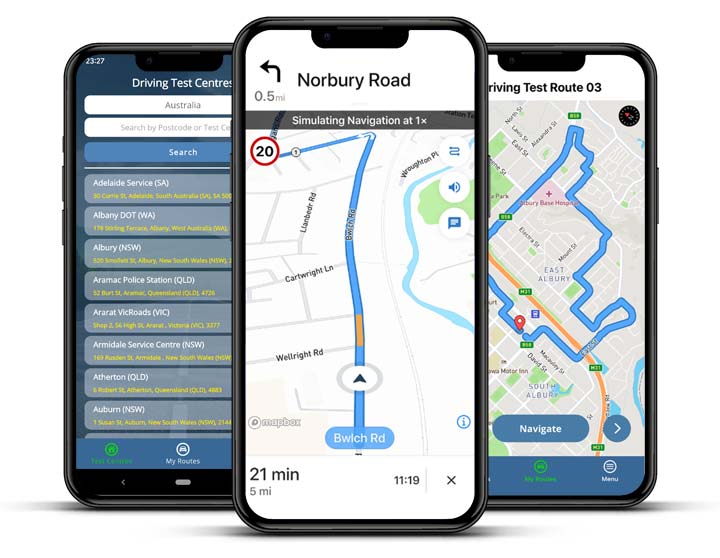If you are driving and it starts to rain, you should
Driver Fatigue
The feeling of being sleepy, tired, or exhausted is your body’s way of telling you that you need to stop, rest or sleep.
The Dangers
- 1 in 5 fatal crashes on NSW roads involve driver fatigue.
- Fatigue-related crashes are nearly 3x more likely to be fatal.
- Being awake for 17 hours impairs your driving the same as a 0.05 BAC.
Early Warning Signs
- Repeatedly yawning
- Poor concentration
- Drifting out of your lane
- Tired / sore eyes
- Delayed reaction times
- Feeling irritable or restless
- Difficulty remembering the last few kilometres
These are all signs to pull over and rest before continuing your journey.
How to Avoid Driving Tired
- Get at least 8 hours of sleep before a long drive.
- Avoid driving during your normal sleep hours.
- Wait at least 30 minutes after waking up before driving.
- Plan a break every 2 hours at least.
- Share driving responsibilities if possible.
- Stay hydrated and avoid alcohol, heavy meals, or sugary drinks.
Remember: Sleep is the only real cure for fatigue.
Rest Stops & Driver Reviver Sites
There are hundreds of rest areas in NSW where you can stop and take a break safely:
- Rest Areas - Open 24/7 with parking and toilets.
- Driver Reviver Sites - Open during holidays offering free tea/coffee.
Use the Rest Area Finder or the Driver Reviver Finder to plan your jouney.
Fatigue-Related Crash Statistics in NSW
The number of crashes attributed to driver fatigue during 2021 (the latest published figures):
| Crash Severity | Number of Crashes |
| Fatal Crashes | 46 |
| Serious Injury Crashes | 395 |
| Moderate Injury Crashes | 499 |
| Minor/Other Injury Crashes | 140 |
| Total Fatigue-Related Crashes | 1,080 |
More recently, 53 people are known to have died in fatigue-related crashes in 2023, with 78 dying in 2024.
Defensive Driving
The anticipation of potential hazards, and the making of safe, well-informed decisions to prevent accidents, involves techniques such as:
- Maintaining a Safe Following Distance: Keeping at least a three-second gap between your vehicle and the one in front.
- Staying Alert: Continuously scanning the road for potential hazards, including pedestrians, cyclists, and erratic drivers.
- Adjusting Speed Appropriately: Reducing your speed in adverse conditions like rain, fog, or heavy traffic.
- Avoiding Distractions: Refraining from using your mobile, eating, or engaging in activities that divert your attention.
- Using Indicators: Signaling your intentions well in advance to inform other road users.
Defensive Driving Situations
| Situation |
How Defensive Driving Helps |
| Vehicle ahead brakes suddenly |
Maintaining a safe gap gives you enough time to stop safely. |
| Pedestrian unexpectedly steps onto the road |
Scanning both sides of the road helps you spot risks early. |
| Driver cuts into your lane without warning |
Staying calm and being aware of escape routes helps avoid collisions. |
| Slippery roads in rain |
Defensive drivers slow down during rain, avoid sudden movements, and increase following distance. |


" Good app, really helped my daughter get familiar with routes for her test. "
★★★★★
App Store Review


